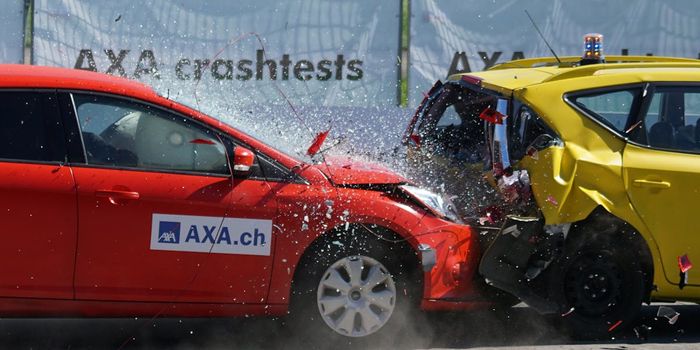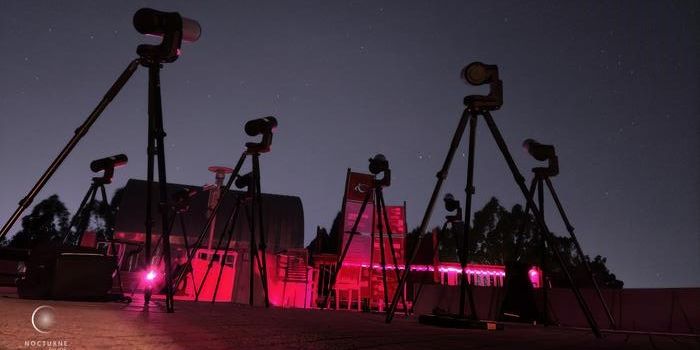Bridging Robotic and Human Connection Through Humor
Jon the Robot, a standup comedian, notes challenges in get bookings.
"They always think I'm too robotic," he deadpans.
When the audience laughs in response, Jon comes back with another comment, "Please tell the booking agents how funny that joke was."
If no one laughs, Jon would then respond with, "Sorry about that. I think I got caught in a loop. Please tell the booking agents that you like me ... that you like me ... that you like me ... that you like me."
What exactly is Jon the Robot? An engineered masterpiece by researchers at Oregon State University that can help people and robots connect with each other via humor.
"Social robots and autonomous social agents are becoming more and more ingrained in our everyday lives," said Naomi Fitter, assistant professor of robotics in the OSU College of Engineering. "Lots of them tell jokes to engage users -- most people understand that humor, especially nuanced humor, is essential to relationship building. But it's challenging to develop entertaining jokes for robots that are funny beyond the novelty level."
Using live comedy performances, robots have a way to learn jokes and the best methods to deliver them.
"In bad-timing mode, the robot always waited a full five seconds after each joke, regardless of audience response," Fitter said. "In appropriate-timing mode, the robot used timing strategies to pause for laughter and continue when it subsided, just like an effective human comedian would. Overall, joke response ratings were higher when the jokes were delivered with appropriate timing."
Findings were published in by the Association for Computing Machinery/Institute of Electrical and Electronics Engineering's International Conference on Human-Robot Interaction.
“The number of performances, given to audiences of 10 to 20, provide enough data to identify significant differences between distinct modes of robot comedy performance, and the research helped to answer key questions about comedic social interaction, Fitter said. "Audience size, social context, cultural context, the microphone-holding human presence and the novelty of a robot comedian may have influenced crowd responses," Fitter said. "The current software does not account for differences in laughter profiles, but future work can account for these differences using a baseline response measurement. The only sensing we used to evaluate joke success was audio readings. Future work might benefit from incorporating additional types of sensing."
The study examines the relationship between dynamic group responses to social robots
"Also, possible advances in comedy from this work could include improved techniques for isolating and studying the effects of comedic techniques and better strategies to help comedians assess the success of a joke or routine," she said. "The findings will guide our next steps toward giving autonomous social agents improved humor capabilities."
Source: Science Daily

















































